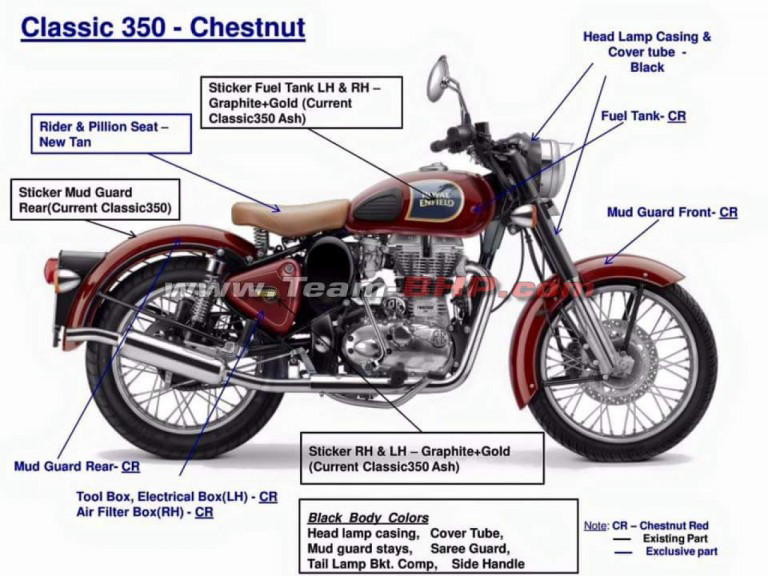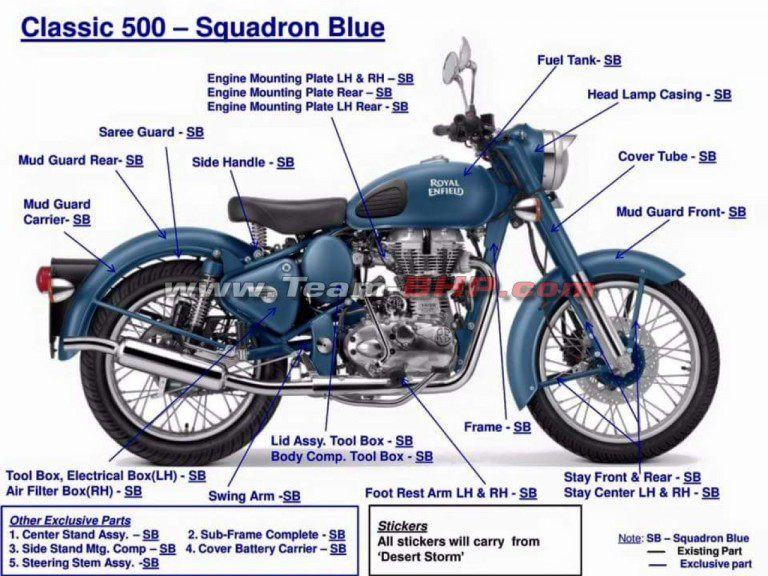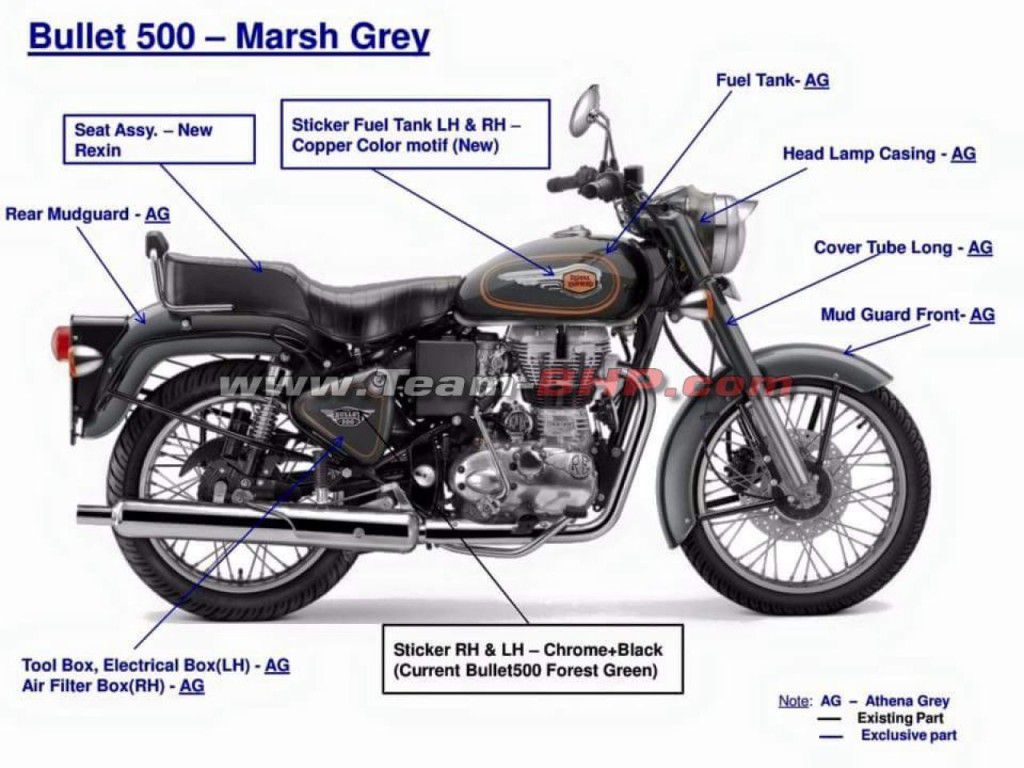Bajaj has brought its Pulsar sportsbikes a long way. It started over a decade ago, when Autocar India tests of the first-gen Pulsar saw us grumbling about heavy handling and imprecise gear shifting on these early bikes. A tipping point came quickly though, with the twin-plug engine or DTS-i-equipped Pulsars, that breathed fresh life into the series as well as our relationship with Bajaj. Thereon, smaller wheels made the Pulsars nimbler, from where, there has been no looking back as newer models soared higher, making these the sportsbikes of choice for the masses.
Which brings us to the new RS 200 the Pulsar Bajaj spent plenty of time perfecting before placing in dealerships. It’s been worth the wait, for the RS is a thoroughly developed bike, apparent from the instant you thumb the starter. Yes, this Bajaj offers a more refined, and smoother engine than the KTM RC 200 it goes up against. The feel-good factor is all the more apparent should you be lucky to get around a race track on the Pulsar. Here’s where the Pulsar RS 200 really tells you how far Bajaj has come.
Bajaj Pulsar RS 200 vs KTM RC 200 comparison
Two 200s, KTM’s RC and Bajaj’s Pulsar RS, meet Rishad Cooper at India’s famous MMSC race track for a face-off at the starting grid.
1 min read•1 Feb '16
139K+ views






Perimeter frame is steel fabricated.

ABS supports the RS 200 front disc.

Stepped seat roomy enough for two.

Pulsar monoshock offers adjustment.

Analogue rev counter on the Pulsar.


Monoshock smart with white spring.

Trellis frame a KTM signature bit.

RC brakes use steel braided hoses.

RC seat couldn't look any smarter.

Compact digital instruments bay.
Suggested News
Royal Enfield Himalayan to be unveiled on February 2, 2016
The Royal Enfield Himalayan looks all-set for its debut. Here is what we currently know.
2 min read•12 Jan '16


California Superbike School's dates for India announced
The three-day school in Chennai will have two batches – February 5-7 and 12-14; to cost Rs 66,000.
1 min read•8 Jan '16

TVS Victor to be reintroduced on January 20; Apache 200 to be launched
Like the first model, the new Victor will get a 110cc engine. The Apache 200 will be first TVS motorcycle to get oil-cooled engine.
2 min read•8 Jan '16

Royal Enfield to add more colours to its line-up
The new models will be added to the Royal Enfield's current range; likely to be launched mid January.
1 min read•5 Jan '16



DSK Benelli to bring four motorcycles to India
Benelli showcased three exciting India-bound motorcycles at EICMA. We take a look at what else the Italian manufacturer has planned for the year.
2 min read•4 Jan '16

Benelli Leoncino

Benelli TNT300

Benelli Tornado 302

Benelli TRK 502
Poll of the month
How often do you use connected car features from the application on your phone?
Every day
Once a week
Rarely
Almost never
571 votes•49 days remaining
Latest Cars
Can't decide which car to buy?
Ask our experts and get answers to all your car related queries.
Poll of the month
How often do you use connected car features from the application on your phone?
Every day
Once a week
Rarely
Almost never
571 votes•49 days remaining
Latest Cars
Can't decide which car to buy?
Ask our experts and get answers to all your car related queries.


















